Your biological age is a more accurate reflection of your health and longevity than the number of candles on your birthday cake. Unlike chronological age, which measures how long you’ve been alive, biological age assesses how well your body is functioning. Factors like genetics, lifestyle, stress, and environment can either speed up or slow down your biological aging process.
Your biological age is a reflection of how well you care for your body, not just the years you’ve lived.
Dr. Mark Hyman, functional medicine expert and author.
The good news? You don’t need a high-tech lab to estimate your biological age. Here’s a detailed guide to understanding and measuring your biological age at home, along with actionable tips to optimize it.
What Is Biological Age?
Biological age measures the functional state of your body, organs, and cells. Someone in their 40s can have the biological age of a 30-year-old if they maintain a healthy lifestyle—or a 50-year-old if they don’t. It’s influenced by factors such as:

- Lifestyle choices (diet, exercise, and sleep)
- Genetics
- Stress levels
- Environmental exposures
Knowing your biological age provides a snapshot of how your body is aging and helps you identify areas to improve for better longevity.
1. Use Online Biological Age Calculators
The simplest way to estimate your biological age is through online calculators. These tools assess lifestyle factors and health metrics to provide an estimate of how old your body really feels.
00189-7/asset/7a1020c2-08f9-4256-83c5-d3c30348b3c6/main.assets/gr1_lrg.jpg)
How It Works:
- You answer questions about your diet, physical activity, stress levels, sleep patterns, and overall health.
- The calculator compares your responses to age-related benchmarks and outputs your estimated biological age.
Popular Tools to Try:
Limitations:
These calculators are user-friendly but provide only a general estimate. For a more accurate measurement, additional data such as biomarkers and physical metrics are needed.
2. Assess Your Skin Health
Your skin is a visible indicator of your biological age. Factors like wrinkles, elasticity, hydration, and sun damage provide clues about how well you’re aging.
At-Home Assessment:
- Wrinkle Check: Examine the fine lines and wrinkles on your face. Use a magnifying mirror to spot signs of premature aging.
- Elasticity Test: Pinch the skin on the back of your hand. If it snaps back quickly, your skin is likely younger. If it takes time to return, it may indicate aging skin.
- Hydration Levels: Check if your skin feels dry or looks dull, which can suggest insufficient hydration or poor nutrition.
Pro Tip: Skincare products with retinol, vitamin C, and SPF can protect and rejuvenate your skin, as highlighted in Leslie Kenton’s experience in The Sun article.
3. Monitor Your Resting Heart Rate (RHR)
Your heart’s resting rate is a key indicator of your biological age. A lower RHR is associated with better cardiovascular health and longevity.
How to Measure:
- Sit in a relaxed position and use a stopwatch to count your pulse for 60 seconds.
- Alternatively, use a fitness tracker or smartwatch to monitor your RHR over time.
Optimal RHR by Age Group:
- 18–25 years: 60–70 bpm
- 26–35 years: 62–72 bpm
- 36–45 years: 64–74 bpm
- 46–55 years: 66–76 bpm
Tips to Improve RHR:
- Engage in regular aerobic exercise, such as walking, running, or swimming.
- Manage stress through mindfulness or meditation.
- Avoid excessive caffeine and smoking, as they can elevate your heart rate.
4. Conduct Mobility and Flexibility Tests
Your physical mobility and flexibility are strong indicators of biological aging. As you age, joint stiffness, muscle loss, and reduced range of motion become more apparent.
Aging is inevitable, but how you age is not. Your lifestyle choices can redefine your biological clock.
Dr. David Sinclair, longevity researcher and author of Lifespan: Why We Age—and Why We Don’t Have To.
At-Home Tests:
- Sit-and-Rise Test: Sit cross-legged on the floor and try to stand up without using your hands or support. Struggling to do so may indicate reduced mobility.
- Touch Your Toes: Bend forward and attempt to touch your toes. This tests hamstring flexibility, which tends to decline with age.
Improvement Tips:
- Practice yoga or pilates to enhance flexibility.
- Incorporate stretching into your daily routine.
5. Check Your Body Composition
Muscle mass, body fat percentage, and overall body composition offer clues about your biological age. Muscle tends to decline with age, a process called sarcopenia, but resistance training can slow this down.
How to Measure:
- Use a tape measure to track waist circumference (less abdominal fat indicates a younger biological age).
- Home body composition scales can estimate body fat and muscle mass percentages.
Healthy Ranges for Adults:
- Body Fat Percentage:
- Women: 20–30%
- Men: 10–20%
- Waist Circumference:
- Women: Under 35 inches
- Men: Under 40 inches
6. Track Your Sleep Quality
Sleep is one of the most critical factors influencing biological age. Poor sleep accelerates cellular aging, while restorative sleep promotes repair and recovery.

How to Assess Sleep at Home:
- Use a fitness tracker to monitor your sleep duration and quality.
- Keep a sleep journal to note how rested you feel each morning.
Signs of Youthful Sleep Patterns:
- Sleeping 7–9 hours per night
- Falling asleep easily and staying asleep
- Waking up refreshed
Improvement Tips:
- Maintain a consistent sleep schedule.
- Limit screen time before bed to reduce blue light exposure.
- Create a cool, dark, and quiet sleeping environment.
7. Measure Your Grip Strength
Grip strength is a surprisingly reliable indicator of biological age. It’s linked to overall muscle health, cardiovascular health, and even life expectancy.
How to Test Grip Strength:
- Use a hand dynamometer (available online for under $30).
- Alternatively, perform a simple grip test using household items like a stress ball or a heavy object.
Improvement Tips:
- Incorporate strength training exercises like deadlifts, pull-ups, and farmer’s carries.
- Use grip-enhancing tools like resistance bands or hand exercisers.
8. Test Your Cognitive Function
Your brain health is another key factor in biological aging. Memory, focus, and problem-solving abilities tend to decline with age, but cognitive training can help maintain sharpness.
DIY Cognitive Tests:
- Memory Recall: Write down a list of 10 random words and try to recall them an hour later.
- Reaction Time Test: Use free online tools to test how quickly you can respond to visual or auditory cues.
Tips to Boost Cognitive Health:
- Stay mentally active by learning new skills or playing brain-training games.
- Eat a brain-healthy diet rich in omega-3s, antioxidants, and whole grains.
9. Examine Your Energy Levels
Energy levels often reflect how well your body is functioning internally. Chronic fatigue or lack of stamina may indicate accelerated biological aging.
At-Home Assessment:
- Rate your daily energy levels on a scale from 1 to 10.
- Notice how you feel after meals, during physical activity, and at the end of the day.
Ways to Boost Energy:
- Prioritize a balanced diet with lean protein, healthy fats, and complex carbs.
- Stay hydrated throughout the day.
- Avoid over-reliance on caffeine, which can lead to energy crashes.
Final Thoughts: Know Your Biological Age, Transform Your Health
Measuring your biological age at home offers valuable insights into your health and aging process. Whether you use online tools, physical tests, or biomarkers, the goal is to understand how your lifestyle choices are affecting your body.
Once you’ve assessed your biological age, focus on implementing habits that can turn back the clock: exercise regularly, eat nutrient-dense foods, get quality sleep, and manage stress effectively. Remember, biological age is not fixed—it’s a reflection of your actions and choices.
Take charge of your health today and unlock a younger, healthier version of yourself!
Recent Insights on Measuring Your Biological Age at Home
Measuring your biological age—a more accurate indicator of health than chronological age—has become increasingly accessible, thanks to new tools and techniques. These methods enable individuals to understand how well their body is functioning and identify areas for improvement. Here are recent insights and advancements in how you can measure your biological age from the comfort of your home:
“Biological Age Measurement Is More Accessible Than Ever”
A 2024 report highlighted that technological advancements have made biological age testing more affordable and widely available. At-home kits now allow users to measure key biomarkers like DNA methylation, inflammation markers, and telomere length. These easy-to-use tests provide insights into cellular aging and how lifestyle changes can impact healthspan.
Explore the full report here.
“Epigenetics Offers a New Lens for Measuring Age”
Epigenetic testing, which analyzes DNA methylation patterns, has emerged as one of the most precise methods for assessing biological age. Companies like Tally Health and Elysium Health offer at-home kits that use saliva or cheek swabs to analyze these markers. A 2024 study emphasized the reliability of these tests in identifying aging-related cellular changes and their ability to guide personalized interventions.
Learn more about epigenetic testing here.
“Telomere Length as a Marker of Cellular Aging”
Telomeres, the protective caps on the ends of chromosomes, shorten as we age. A 2023 review highlighted telomere length as a key indicator of biological age. At-home testing kits, such as those offered by TeloYears, enable users to measure their telomere length using a simple blood or saliva sample. The study stressed that telomere maintenance is critical for longevity and can be influenced by diet, exercise, and stress management.
Discover more about telomere testing here.
“Resting Heart Rate as a Simple Biological Age Indicator”
A 2023 analysis demonstrated that resting heart rate (RHR) correlates strongly with biological age. A lower RHR is associated with better cardiovascular health and a younger biological age. Fitness trackers and smartwatches, such as Fitbit and Garmin, provide accurate, real-time heart rate data, making this a cost-effective way to monitor your biological age trends.
Read the full analysis here.
“Grip Strength: An Overlooked Marker of Age”
A surprising 2023 study identified grip strength as a reliable predictor of biological age and overall health. Researchers found that reduced grip strength often correlates with muscle decline and aging-related diseases. Hand dynamometers, available online for under $30, provide a simple way to measure grip strength at home and track changes over time.
Explore the study here.
These insights demonstrate how recent advancements have made measuring biological age at home easier and more effective. From high-tech solutions like epigenetic testing to simple methods like grip strength and heart rate monitoring, there’s a tool for everyone looking to understand and optimize their aging process.


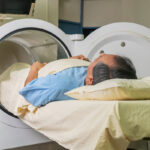



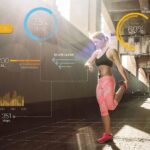
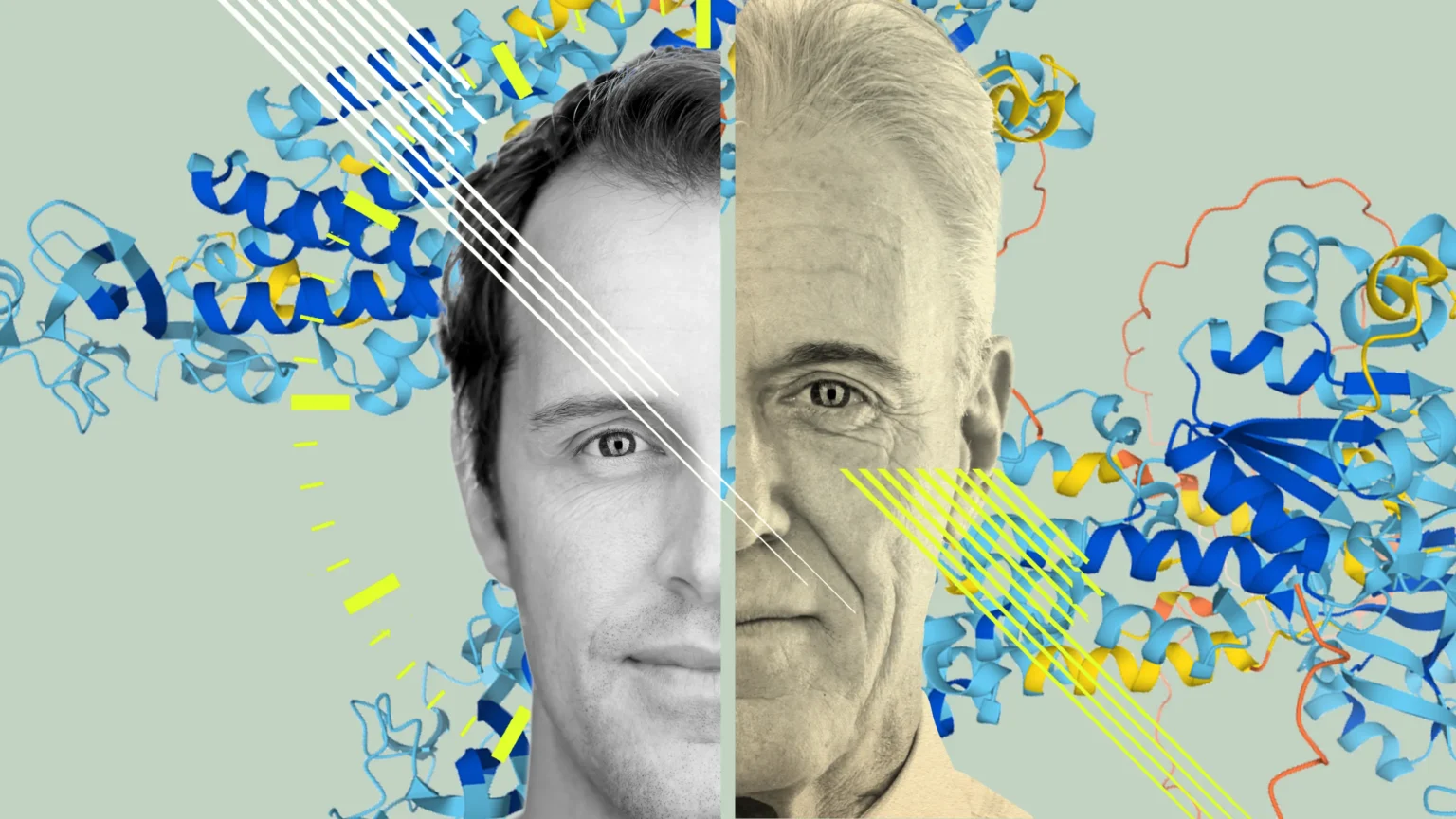
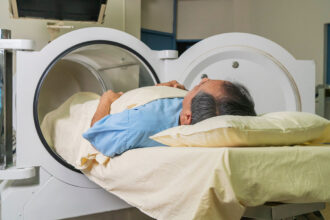


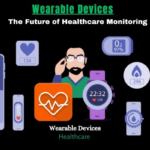








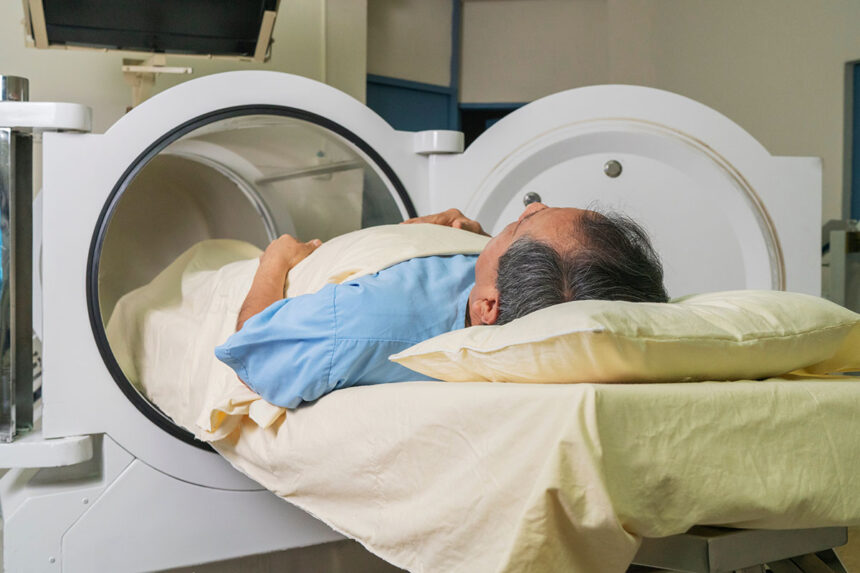


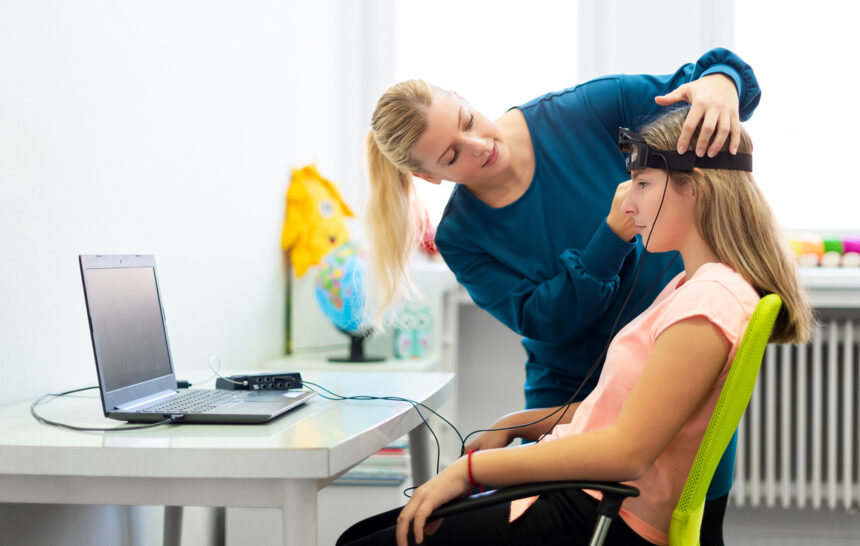


Tell more about calculator